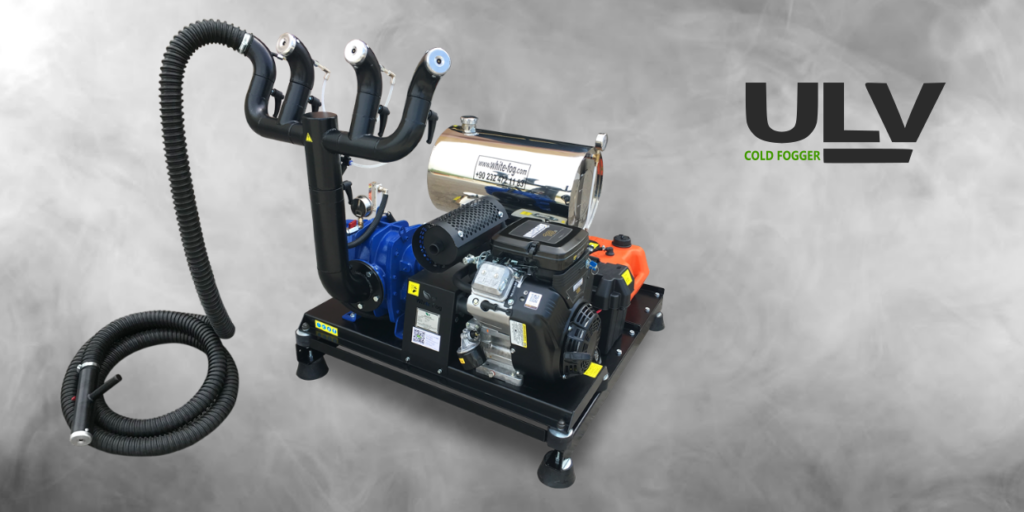
Vehicle Mounted ULV Fogger With an adjustable droplet size between 5-50 microns and spray distance of up to 8 metres at an angle of up to 80°, this fogger will be able to perform the most demanding of jobs with ease. Vector carrying insects and pests such as mosquitoes, flies, fleas, mites, and cockroaches are the cause of most common biological disease transmissions in the world today. Refer to the user’s manual for proper settings and fogging times, which vary based on your specific application.
What Kind Of Vehicle You Should Use
Vehicle Mounted ULV Fogger It is recommended that you inspect your thermal fogger unit before each use. Most of the time, ULV foggers are considered the same as cold foggers. The handheld versions are usually cheaper while the backpack cold foggers are easier to carry and therefore more practical. For most thermal foggers, this fogging trigger is under the handle of the tool. An increasing public health problem in cities and towns, typical insect pests include Bed bugs, Fleas, Ants, Wasps, Moths and Cockroaches.
Vehicle Mounted ULV Fogger A blower then sprays the liquid out through a special nozzle located on the front of the fogger. Particles this small will stay in the air for a long period of time before falling to the ground. Thermal foggers are often much larger than ULV models and are generally recommended only for outdoor use. Some molds can also produce mycotoxins which can pose a serious health risk to humans. ULV cold fogger.
Vehicle Mounted ULV Foggers
Vehicle Mounted ULV Fogger This is especially true if there are flammable materials around. Some, however, are battery-powered and others use gasoline to power the motor. This fogger has also been manufactured using high-grade stainless steel, providing the user, with years of durability and performance. The engine provides the heat and motion required to create and disperse the fog. Special technique for water based solutions.
Always mix pesticides according to label instructions. The power of the airflow will depend on the power of the motor. Thermal foggers are equipped with a heat barrel that is preheated to high temperatures using either a propane gas or electricity depending on the type of a fogger.
The infinitely adjustable flow regulator provides the required flow rate and fog droplet size. In some foggers, though, this container is within the body of the machine. Because of small droplets a thermal fogger produce, they are good for mosquito and other smaller insect control.
This method of fogging is not suitable for applying in closed indoor spaces due to the exhaust gases they produce. Manual sprayers are ideal when you need to pray close up, in places such as patio areas and gardens. These include Mosquitoes, Black flies, Hog Lice, Itch Mite, Ear Ticks, Sticktight Fleas and Red Mites. Only mix what you expect to use so that there will not be mixed solution left.
With its large 1.59 gallon tank, this fogger can cover a large area without the need of refilling. Pulse Jet Thermal Foggers use hot exhaust from a pulse jet engine (Argus tube principle pulse jet) to create large quantities of fog without burning off the fogging solutions active ingredient. Full skin and eye protection, as well as a full respirator, are required.
This will get rid of any existing liquid remaining in the fogger’s internal tubes. They suspend droplets of harmful chemicals in the air which carries them into every corner and crevice. Plus, our pest control product, mini fog machine and backpack mosquito spreyars fogger are best to use in areas like homes and hospitals to eliminate bed bug and roach.
Thermal Fogger It creates fine, near-invisible droplet that affects pest in flight, as well as the ones settled on plant’s surfaces. The motors of most handheld foggers are approximately 1-3 horsepower (HP) but vehicle-mounted foggers have much more powerful motors, up to 20 HP. Some cold foggers use oil-based fogging solutions while others use water-based solutions. Inside the casing of a cold fogger is an electric motor. Some of them can also cause skin irritation and allergic reactions.

